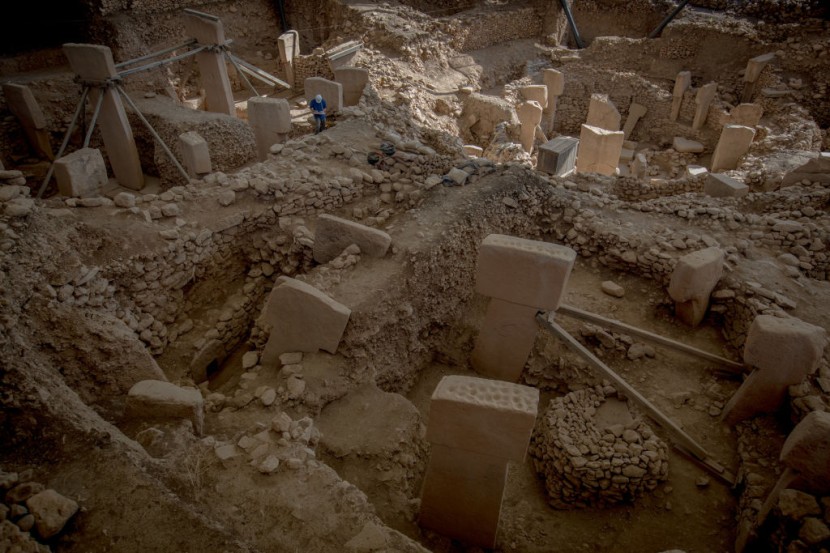
The Karahantepe discovery in the southeastern province of Şanlıurfa in Turkey settlement is from 11,000 years ago. Showcased in the ancient remnants are artisan skills demonstrated by designs seen there.
The site has similarities to Gobekli Tepe. They share specific artistic motifs found in the two settlements. Being built in the Neolithic period when a significant change in civilization happened, this time in history must be documented, especially between these two settlements.
Ancient cultures tended to have such imaginary artworks imprinted in most places, cities, or any structures found worldwide.
Karahentepe discoveries built by communal efforts
It was built in the Neolithic period as one of the most important settlements with fantastic carved shapes of human shapes and heads in the site, reported the Daily Mail.
Lying in ruins are 250 T-shaped megaliths with images of animals inscribed on them and several sculptures of three-dimensional human photos.
In 2019, the excavations began on the uncovered 75-feet building, but builders dug it into the bedrock as deep as 18-feet. It was a communal effort to create these structures.
State media Anadolu Agency said that Professor Necmi Karl, chief of excavations at the site, said Karahantepe has Similarities to Gobekli Tepe.
The one called Gobekli Tepe is more ancient than Stonehenge by 6,000 years old. They have many 3D sculptures and human likeness added the archeologist.
Sculptures, carvings among the stunning artworks in Karahentepe
One of the sculptures at Karahantepe is an oddball rock-carved image of a man with a leopard carried on his back, but this type of animal attack is at the Gobekil Tepe. The scientist assesses that the artistry of this culture was in the Neolithic period was in their terms developing still.
A drone took images over the site to features some of the megaliths seen at the excavation site. Some of the ancient art was taken and placed in an exhibition at the Şanlıurfa Archaeological Museum.
The Karahantepe complex is in the region called ' Tas Tepeler,' or Stone Hills, in an expanse of 124 miles. It is close to the Gobekli Tepe, which houses structures as old as the 10th millennium BC, maybe the oldest temple site to date.
This site was dug up about twenty-five years ago, with pillars made of stone ten tons in weight, as some ancient discovery. Material for the megaliths are hill bedrock hewn manually, engraved on them were humans with folded hands and pelts like clothes, cited Archeology. Images seen in the complex are foxes, leopards, snakes, with vultures.
One method, according to experts, is the hunter-gatherers were able to achieve the feat about 11,500 years ago was but carving them, the pulling huge blocks with ropes, wooden beams, and lots of manpower.
A theory says it was a communal effort for many groups to achieve the feat, as ritualistic as holding a feast and separating. Sites like Karahantepe have similarities to Gobekli Tepe, which we cannot ignore because of the evidence their ancient culture has more than what we see.
Related Article: 4,000 Year-Old Bull Geoglyph in Russia Outdates Other Ancient Monuments by Several Thousand Millennia Causing A Stir Among Scientists
© 2025 HNGN, All rights reserved. Do not reproduce without permission.








